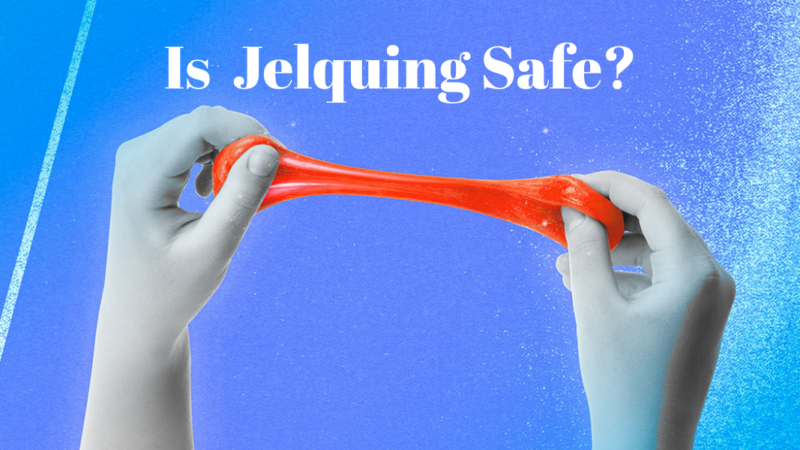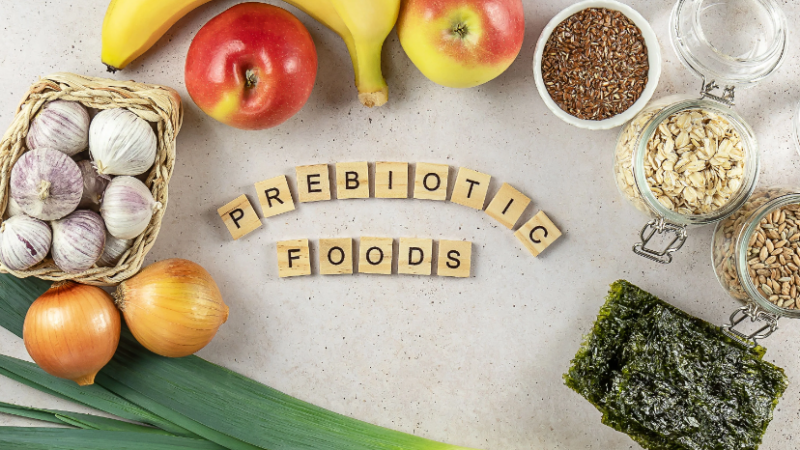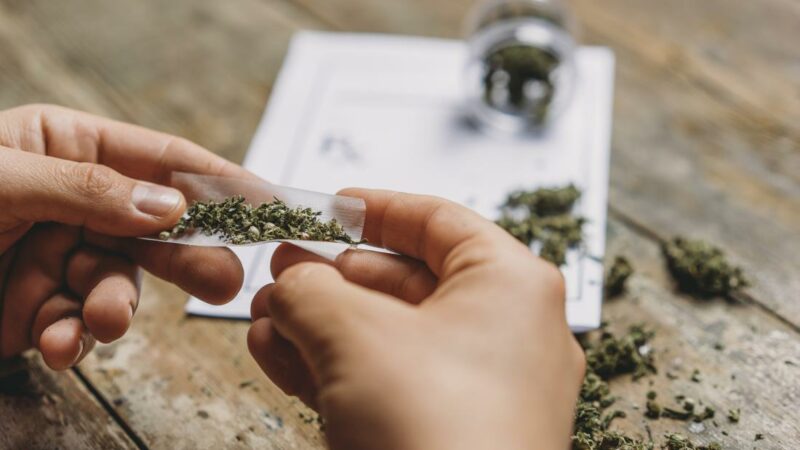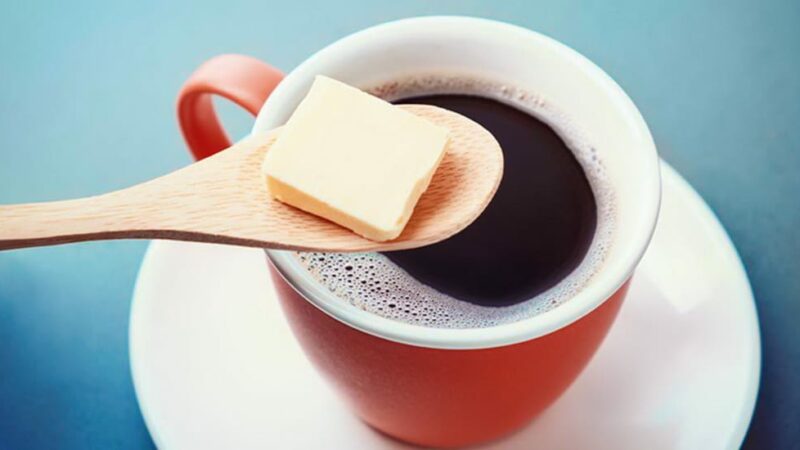Why Do I Get Hard Nipples, Even if I’m Not Cold?

Hard Nipples – Have you ever wondered why you get hard nipples or erect even when you’re not feeling cold? This intriguing phenomenon can raise questions about your body’s responses and functions.
While commonly associated with freezing temperatures, nipple hardness can occur for various reasons beyond just being cold. In this blog, we will dive deep into the science behind why your nipples become hard and explore the factors contributing to this intriguing phenomenon.
The Physiology Behind Nipple Erection
Nipple erection, also known as “nipple hardening” or “hard nipples”, is primarily attributed to the contraction of smooth muscle fibres within the areola and the surrounding skin. This reaction is controlled by the autonomic nervous system, which operates involuntarily and manages various bodily functions such as heart rate, digestion, and temperature regulation.
Temperature Regulation
While commonly associated with cold weather, nipple erection is a thermoregulatory response. When exposed to freezing temperatures, the body’s blood vessels constrict to minimize heat loss.
This constriction occurs in the skin, particularly the areola region, causing the nipple to become erect. This reaction aims to reduce the surface area of the nipple, subsequently minimizing heat dissipation and helping the body maintain its core temperature.
Emotional and Physiological Responses
Emotional or physiological responses can also trigger nipple erection. Intense emotions like arousal, excitement, anxiety, or even sexual stimulation can release hormones like adrenaline.
These hormones activate the autonomic nervous system, causing the smooth muscles around the nipples to contract. This response, often involuntary, is similar to how the “fight or flight” response affects various body parts.
Hormonal Fluctuations
Hormones play a crucial role in nipple erection. During certain phases of a person’s menstrual cycle, hormonal changes can cause the nipples to become more sensitive and responsive. Estrogen, in particular, is associated with increased blood flow to the breasts and can lead to nipple erectness.
Clothing Friction
Friction between clothing and the nipple area can also lead to nipple hardness. The constant rubbing or pressure can irritate, triggering the smooth muscle contractions responsible for nipple erection. This effect can be more pronounced if the fabric is coarse or the clothing is ill-fitting.
Medical Conditions
Medical conditions can sometimes contribute to hard nipples without external temperature changes. Conditions like Paget’s disease of the breast or certain hormonal imbalances can lead to nipple sensitivity and, consequently, nipple erectness.
Allergy
Nipple hardness can be triggered by an allergic reaction affecting the skin around the nipple area. Allergic responses can lead to skin inflammation, itching, and irritation. When the skin becomes irritated, it can cause the smooth muscles in the areola to contract, resulting in nipple erection.
The body’s immune response to the allergen contributes to the release of histamines, which can also affect blood vessels and skin sensitivity, further contributing to the reaction.
Ovulation
During the ovulation phase of a menstrual cycle, hormonal changes occur, particularly an increase in estrogen levels. These hormonal shifts can lead to heightened sensitivity in the breasts and nipples. The increased blood flow and sensitivity can cause the smooth muscles around the nipples to contract, leading to nipple erection. Estrogen’s influence on blood vessels and nerve endings contributes to this response.
Pregnancy
Pregnancy brings about substantial hormonal changes in a woman’s body. As pregnancy progresses, the body produces increased levels of estrogen and progesterone, both of which contribute to the development of mammary tissue and increased blood flow to the breasts.
The heightened sensitivity and blood flow can result in nipple erection. Additionally, as pregnancy advances, the breasts change to prepare for breastfeeding, which can also contribute to nipple erectness.
Menopause
During menopause, hormonal fluctuations occur due to the estrogen and progesterone production decline. These hormonal changes can lead to decreased skin elasticity and thinning of the breast tissue.
With reduced estrogen, blood vessels may constrict, leading to changes in blood flow patterns. These alterations can result in increased nipple sensitivity and possible nipple erection.
Piercings
Nipple piercings involve inserting jewellery through the nipple area. This process can cause trauma to the skin and underlying tissues. As a response to this trauma, the body initiates an inflammatory reaction.
Inflammation can increase blood flow, skin sensitivity, and muscle contractions around the pierced area. These contractions can cause the nipples to become erect as part of the body’s healing response.
Breastfeeding
Breastfeeding involves complex hormonal and physiological changes. When a baby feeds, the stimulation of nerve endings in the nipple triggers the release of oxytocin, often called the “love hormone.”
Oxytocin causes the smooth muscles around the milk ducts to contract, facilitating milk flow. These contractions can extend to the muscles in the areola, leading to nipple erection during breastfeeding.
Breast Abscess
A breast abscess is a localized infection within the breast tissue. Infections can cause inflammation, swelling, and increased blood flow to the affected area.
The skin around the abscessed area can become sensitive and irritated as the body responds to the infection. The combination of inflammation, blood flow, and skin sensitivity can contribute to nipple erectness.
Arousal
Sexual arousal is a complex physiological response involving the activation of the autonomic nervous system. During arousal, the body releases hormones such as adrenaline and dopamine, which affect blood flow and muscle contractions.
As blood rushes to the genital and breast areas, the smooth muscles in the areola can contract, causing nipple erection. This response is part of the body’s preparation for sexual activity and potential breastfeeding in the future.
Conclusion
While the common association between hard nipples and cold temperatures prevails, it’s important to recognize that this phenomenon is multi-faceted. Hard nipples serve as a thermoregulatory response and reflect emotional and physiological changes within the body.
Hormones, clothing friction, and medical conditions can all contribute to nipple erectness, highlighting the intricate interconnectedness of the body’s various systems.
Next time you notice your nipples becoming hard to even when you’re not cold, remember that your body is simply responding to a wide range of external and internal stimuli. This fascinating aspect of human physiology reminds us of the complexity and adaptability of our bodies in various situations, ultimately showcasing the marvels of nature’s design.
FAQs:
1: Why do my nipples become hard when I’m not cold?
A1: Nipple hardening can occur for various reasons beyond just cold temperatures. Hormonal changes, emotional responses, allergies, and other factors can lead to the contraction of the smooth muscles in the areola, causing nipple erection.
Q2: Can allergies cause nipple erection?
A2: Yes, allergies can lead to skin irritation and inflammation around the nipple area. This irritation can trigger the same smooth muscle contractions responsible for nipple erection as the body’s response to the allergic reaction.
Q3: How does ovulation affect nipple sensitivity?
A3: During ovulation, estrogen levels rise, increasing blood flow and heightened sensitivity in the breasts and nipples. This heightened sensitivity can result in the contraction of smooth muscles around the nipples, causing them to become erect.
Q4: Why do nipples become hard during pregnancy?
A4: Pregnancy involves hormonal changes, including elevated levels of estrogen and progesterone. These hormones lead to increased blood flow to the breasts, heightened sensitivity, and changes in breast tissue. These factors collectively contribute to nipple erection.




